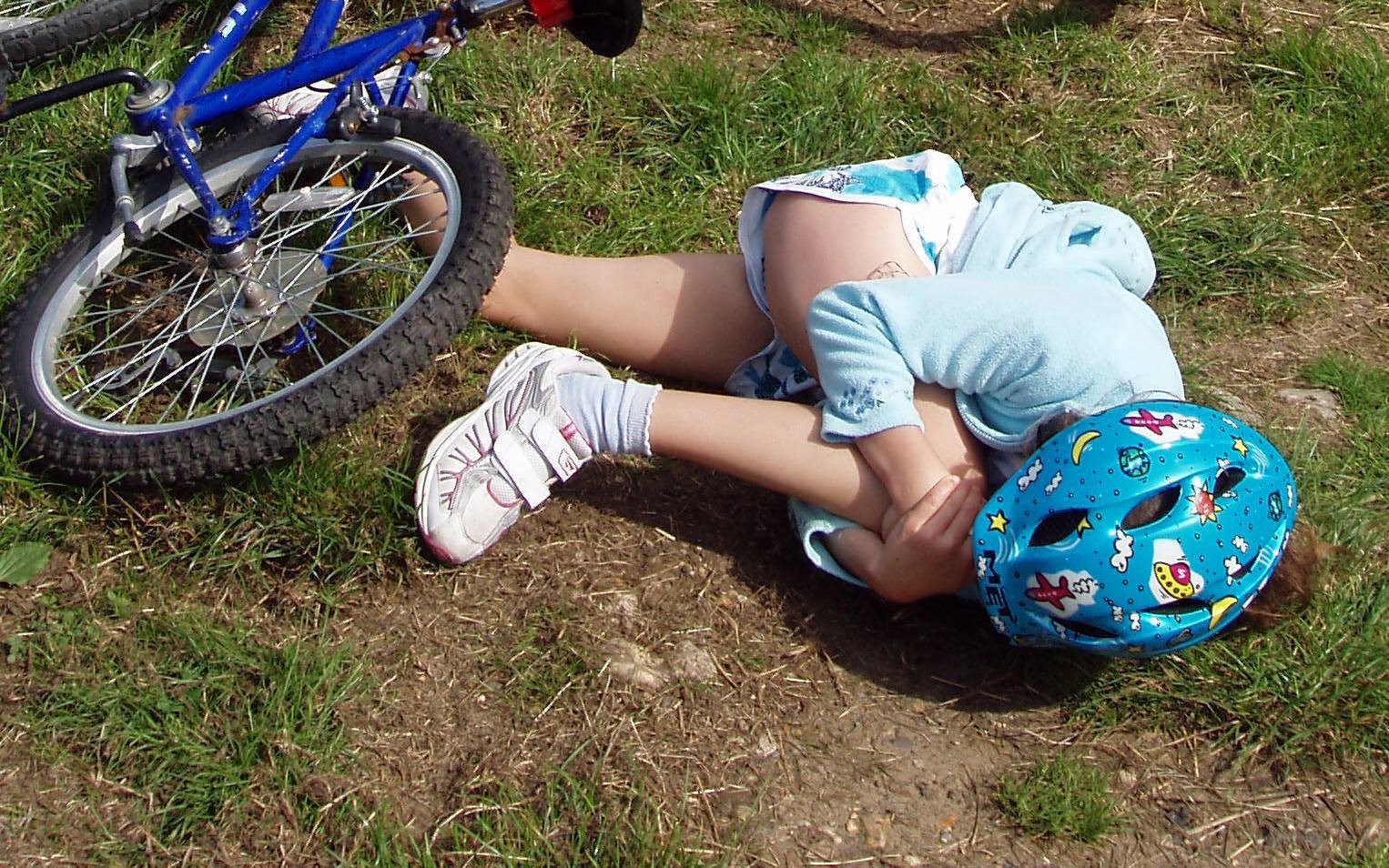London’s parks, pavements, shopping centres and transport hubs are busy, complex spaces. When a child gets hurt in a public place, parents have two priorities: immediate care and sensible next steps that protect the child’s wellbeing and legal position. The scale of unintentional injury underlines the need for a clear plan. UK paediatric data show that non-intentional injuries are a leading cause of death and disability for young children, with 45,661 hospital admissions in England and Wales for under-5s in 2018/19; children in the most deprived English areas experience 40% more admissions than those in the least deprived. stateofchildhealth.rcpch.ac.uk RoSPA also estimates around 40,000 UK playground injuries each year that lead to a hospital visit, and highlights the legal frameworks that apply to public play spaces.

FIRST PRIORITY: SAFETY AND MEDICAL CARE
Start with the ABCs—airway, breathing, circulation—and get professional help quickly. Call 999 for life-threatening emergencies. If you’re unsure whether A&E is needed, NHS 111 can check symptoms and direct you to the right service; their guidance is explicit about when A&E is appropriate and when to use 111 or a GP/urgent care centre. nhs.uk For head injuries, the NHS provides specific red-flag symptoms (e.g., loss of consciousness, persistent vomiting, worsening headache) and after-care advice.
MAKE THE SCENE SAFE AND GIVE BASIC FIRST AID
If hazards remain—broken glass, a slippery spill, exposed metal—move the child only if it’s safe to do so. Use clean pressure for bleeding and follow NHS first-aid advice for cuts, burns and suspected fractures; when in doubt, seek urgent medical care or use NHS 111.
WHAT TO CAPTURE AT THE SCENE (IF YOU CAN)
Strong, contemporaneous evidence helps both safeguarding and any later claim. Where it’s safe and appropriate, try to gather:
- Photos/video of the hazard (close-ups and context) and the child’s visible injuries
- The exact location (street name, “what3words”, shop name, bus/train line and carriage, etc.) and time/date
- Witness names and contact details
- Details of staff you spoke to and any incident/accident report reference
- Receipts or booking confirmations (e.g., for a paid attraction)
- Notes on lighting, weather, footwear, signage or floor conditions (wet floor, missing guard, loose slab)
TELL THE RIGHT PEOPLE—AND GET IT WRITTEN DOWN
You can find out more information at the No Win No Fee Solicitors Co (London branch) regarding injury and the steps to take if something goes wrong in the capital.
Report the incident to whoever controls the space. In shops, cafés, leisure centres and attractions, ask for the manager and request that the event is recorded in the accident/incident book; UK workplaces are expected to keep accident records and many maintain the HSE accident book (BI510) to meet legal record-keeping duties.
If the injury involves a public pavement or road defect (loose slab, pothole), the responsible authority is usually the local council; GOV.UK provides direct links to each council for claims and reporting. GOV.UK London borough websites explain what information to include (precise location, date/time, description and evidence). London Borough of Hammersmith & FulhamLondon Borough of Harrow For some major A-roads and red routes in London, Transport for London (TfL) rather than the borough may be responsible, and TfL also offers support after serious transport incidents.
DON’T FORGET CCTV—YOU HAVE A RIGHT TO ASK
CCTV can be decisive. In the UK you can request footage of yourself or your child (if you are acting for them) from the controller who operates the camera—often the venue, transport operator or local authority—by making a Subject Access Request under data protection law. The owner’s details are normally on a sign near the camera; they must respond without undue delay and within one month, subject to lawful redaction of other people’s identities. Retention periods are often short (many systems auto-delete after ~30 days; an example council retains 31 days), so request it promptly. GOV.UKICOBradford Council The Information Commissioner’s Office (ICO) publishes practical guidance on CCTV and surveillance for data controllers, which helps you understand what’s reasonable to expect.
UNDERSTANDING DUTY OF CARE IN PUBLIC PLACES
Liability typically turns on whether the “occupier” took reasonable care to keep lawful visitors reasonably safe. That standard is set out in the Occupiers’ Liability Act 1957, and can extend (on a different footing) to trespassers under the 1984 Act. In practice, this covers a wide range of premises and structures—shops, malls, leisure venues, car parks and transport property. Legislation.gov.uk+1 For children, courts recognise that their behaviour and awareness differ from adults’, and occupiers are expected to take that into account when assessing and managing risks in spaces likely to be used by children (e.g., playgrounds and family areas). RoSPA’s play-safety guidance summarises common causes—poor maintenance, unsuitable surfacing, and lack of supervision—and estimates around 40,000 playground injuries a year in the UK that lead to a hospital visit.
AFTER THE HOSPITAL: BUILD A CLEAN PAPER TRAIL
Keep every discharge summary, GP note and prescription. Ask for copies of X-rays or clinic letters. Maintain a simple diary of symptoms, sleep disruption, school absences and any anxiety or behavioural changes after the event. These records are invaluable for your child’s ongoing care and for any later legal or insurance processes.
SPECIAL CASES: TRANSPORT AND LARGE VENUES
If the injury happened on London’s transport network (bus, Tube, Overground, DLR, tram), TfL’s Sarah Hope Line can signpost practical and emotional support for those affected by serious transport incidents. Transport for London Where a private operator manages the venue (stadiums, arenas, attractions), follow their incident and claims procedures as well as seeking CCTV. The same rule applies: report quickly, ask for the accident record reference, and request a copy of their incident form if possible.
LIMITATION PERIODS FOR CHILD CLAIMS
England and Wales generally apply a three-year limitation period to personal injury claims, but for children the clock typically doesn’t start until their 18th birthday—so they usually have until age 21 to bring a claim. (Courts can exercise discretion in rare cases.) Legislation.gov.uk While a child cannot conduct litigation alone, a responsible adult can act as a “litigation friend” during the case under Civil Procedure Rules Part 21; official guidance explains the role and how appointment works.
HOW COMMON IS THIS—AND WHERE DO INJURIES HAPPEN?
Beyond homes, public-place risks for children include playground falls, slips and trips in retail spaces, and transport-related incidents. RoSPA’s play-safety figures (approx. 40,000 playground injuries per year) underline the importance of sound inspection and surfacing. RoSPA RCPCH’s national data show a heavy burden of unintentional injury admissions among under-5s and a clear deprivation gradient, which is highly relevant in a large, diverse city like London.
WORKING WITH PROFESSIONALS—AND STAYING KIND TO YOURSELF
If the injury is more than very minor, it can be helpful to speak to a solicitor who specialises in child and public-liability claims; they can advise on the strength of the case, pre-action protocols, letters of claim and disclosure requests. Meanwhile, keep the focus on your child’s recovery: follow-up with your GP, update the school or nursery, and watch for any delayed symptoms after head knocks or fractures—NHS head-injury guidance is a good checklist.
COMMON PITFALLS TO AVOID
Don’t wait weeks to report the incident—memories fade, hazards get repaired, and CCTV may be overwritten in days. Don’t post detailed accounts on social media before you’ve gathered evidence. Don’t rely only on a cashier’s verbal apology; ask for an incident number in the accident book and the manager’s full contact details. And don’t second-guess seeking medical care—if you’re unsure, call 111; call 999 for emergencies.
A SIMPLE, LONDON-READY CHECKLIST
- Get medical help (999 for emergencies; 111/GP for guidance). nhs.uk
- Make the area safe if possible; provide basic first aid following NHS advice.
- Record everything: photos/videos, witness details, receipts, and an incident number in the accident book.
- Notify the occupier and, for pavements/roads, the local council via GOV.UK.
- Request CCTV promptly via a Subject Access Request to the camera owner.
- Keep medical records, a symptom diary and expense receipts together.
- Consider specialist legal advice; remember the longer child limitation period. Legislation.gov.uk
Bottom line
You can’t plan every spill, broken tile or faulty surface, but you can plan your response. Prioritise care, document clearly, tell the right people quickly and use your information rights to secure CCTV. The legal framework (duty of care, clear reporting routes, generous time limits for children) is there to help families get answers and the support they need—while your records and prompt action ensure your child’s health and interests come first.

Monica Costa founded London Mums in September 2006 after her son Diego’s birth together with a group of mothers who felt the need of meeting up regularly to share the challenges and joys of motherhood in metropolitan and multicultural London. London Mums is the FREE and independent peer support group for mums and mumpreneurs based in London https://www.londonmumsmagazine.com and you can connect on Twitter @londonmums


